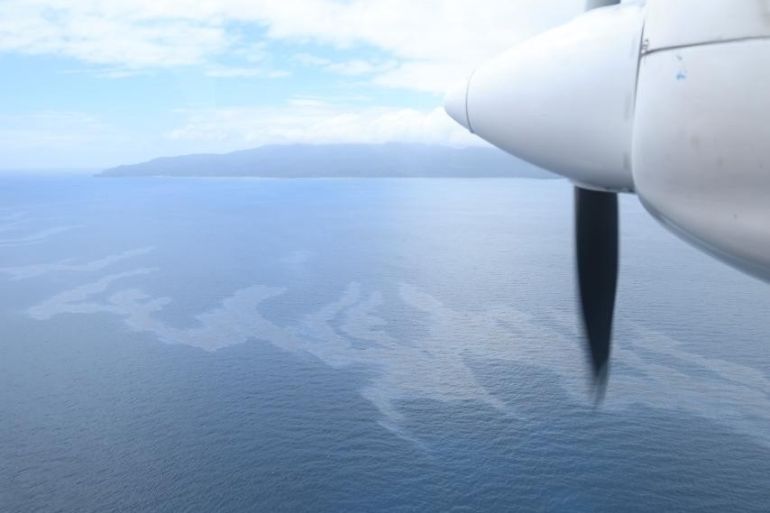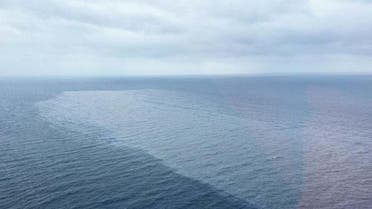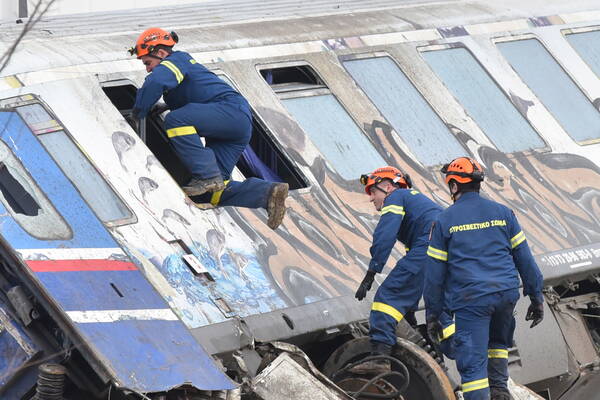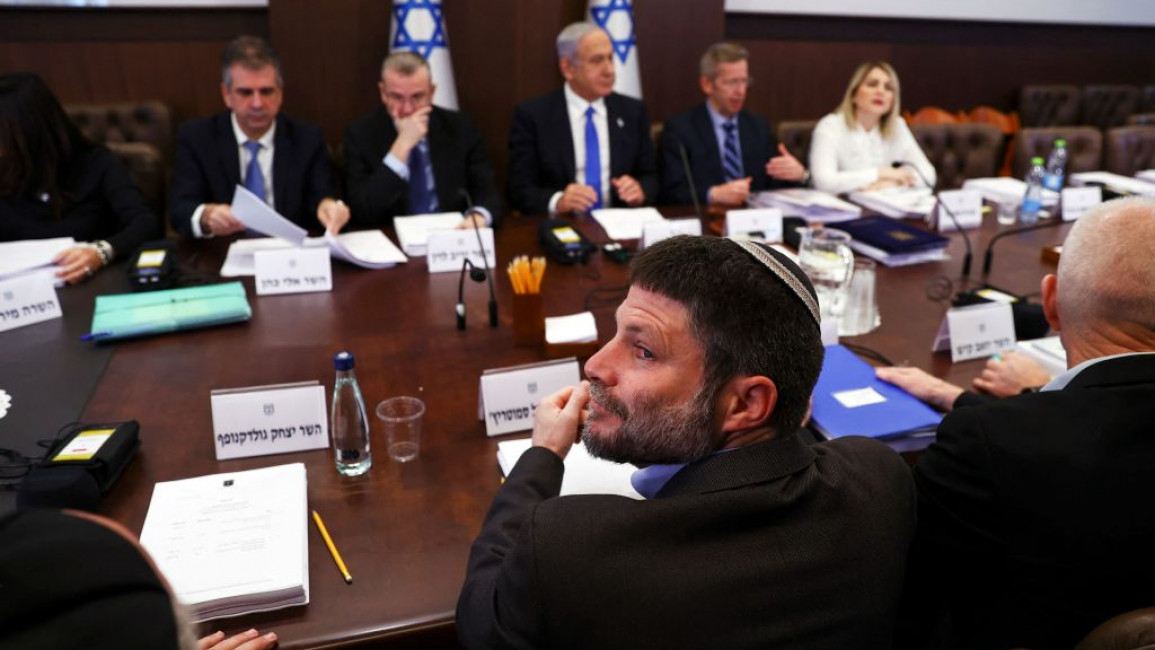The aftermath of the the February 6 earthquakes is a marker of how deeply politicized Erdoğan’s leadership has left Turkey that the tragedies did not put even a day’s pause on politics.
WRITTEN BY
Nate Schenkkan
Senior Director of Research, Countering Authoritarianism
@nateschenkkan

A photo of Turkey’s president Recep Tayyip Erdogan is seen near the rubble of a collapsed building after a massive earthquake devastated the southern region of the country.
On February 5, 2023, Turkey’s attention was on politics. After five years under the new superpresidential system that President Recep Tayyip Erdoğan has designed around himself, the main opposition was gearing up to announce a unity candidate representing six parties for elections that Erdoğan said would be held May 14. Already, Erdoğan was mobilizing his powers to shape the field, passing a new law criminalizing “disinformation,” implementing new electoral laws to disadvantage his opponents, and engineering spurious criminal charges against the mayor of Istanbul, one of his more potent rivals.
Then, in the early hours of February 6, an enormous pair of earthquakes struck southern and central Turkey, with the shocks spanning 11 provinces and reaching into bordering Syria. The earthquakes destroyed entire neighborhoods in the major Turkish cities of Antakya, Gaziantep, Malatya, and Kahramanmaraş. At the time of writing, the combined death toll in Turkey and Syria was more than 53,000, with over 45,000 people killed in Turkey. This staggering figure continues to climb as teams recover bodies. More than one million people in Turkey are living in temporary shelter; millions more have left the region and sought refuge elsewhere in the country.
It is a marker of how deeply politicized Erdoğan’s leadership has left Turkey that the earthquakes did not put even a day’s pause on politics. Instead, they raised the stakes in what already felt like an existential election. With an unusual but still fragile level of unity, the “table of six” parties from the opposition will be working together to unseat Erdoğan, who has led Turkey as either prime minister or president since 2003. Especially since moving to the presidency in 2014, Erdoğan has rebuilt the state around himself, eliminating rivals within his party (two of whom now lead parties among the table of six), amending the constitution, and imprisoning some of his most prominent critics. Erdogan argued that he was reducing inefficiency and strengthening the capacity of the state to serve the people, who in turn would lift the state to greatness: “You will see the power of the Turk,” as the nationalist slogan goes.
Then the earthquakes struck. Tens of thousands of buildings erected in contravention of Turkey’s building codes collapsed, and in many cases, it took the state four days to even reach those buried in the rubble. As people in the earthquake zone waited in vain for aid to arrive, they did not see power. Instead they asked, “Where is the state?”
The shock of the earthquakes led immediately to frantic discussion of whether to postpone the elections. Turkey’s recently amended constitution is crystal clear: the first round of presidential elections must be held by June 18. There is no exception for natural disasters made in the text. One of Erdogan’s few remaining allies from his party’s golden days, former deputy prime minister Bülent Arınç, floated the idea of postponing them. “Constitutions are not sacred texts,” he wrote. The opposition, as well as many prominent civil society voices, denounced the statement as calling for a coup. After two weeks of uncharacteristic silence on the topic, on February 28, Erdoğan announced he would stick with his pre-earthquake plan. Elections will be held on May 14.
The devastation of the earthquakes and the state’s stumbling response have shredded the narrative that Turkey under Erdogan had cast off the disregard for life, as well as the inefficiency and incompetence, of previous governments. Even with less than three months remaining before elections, it remains too soon to say whether this will produce a change in government. What is sure is that yet again, the strongman’s gift for efficiency has been proven an illusion.


















